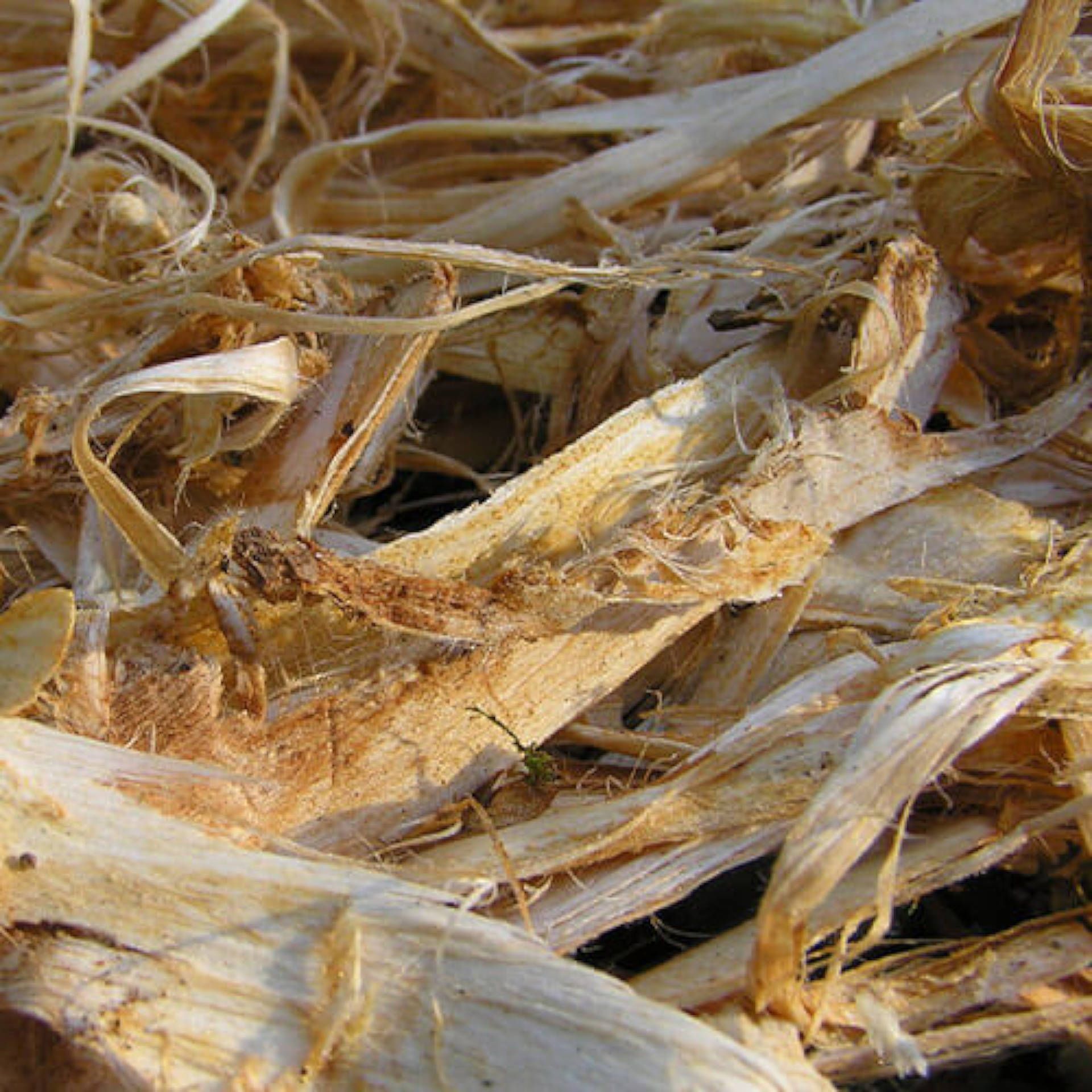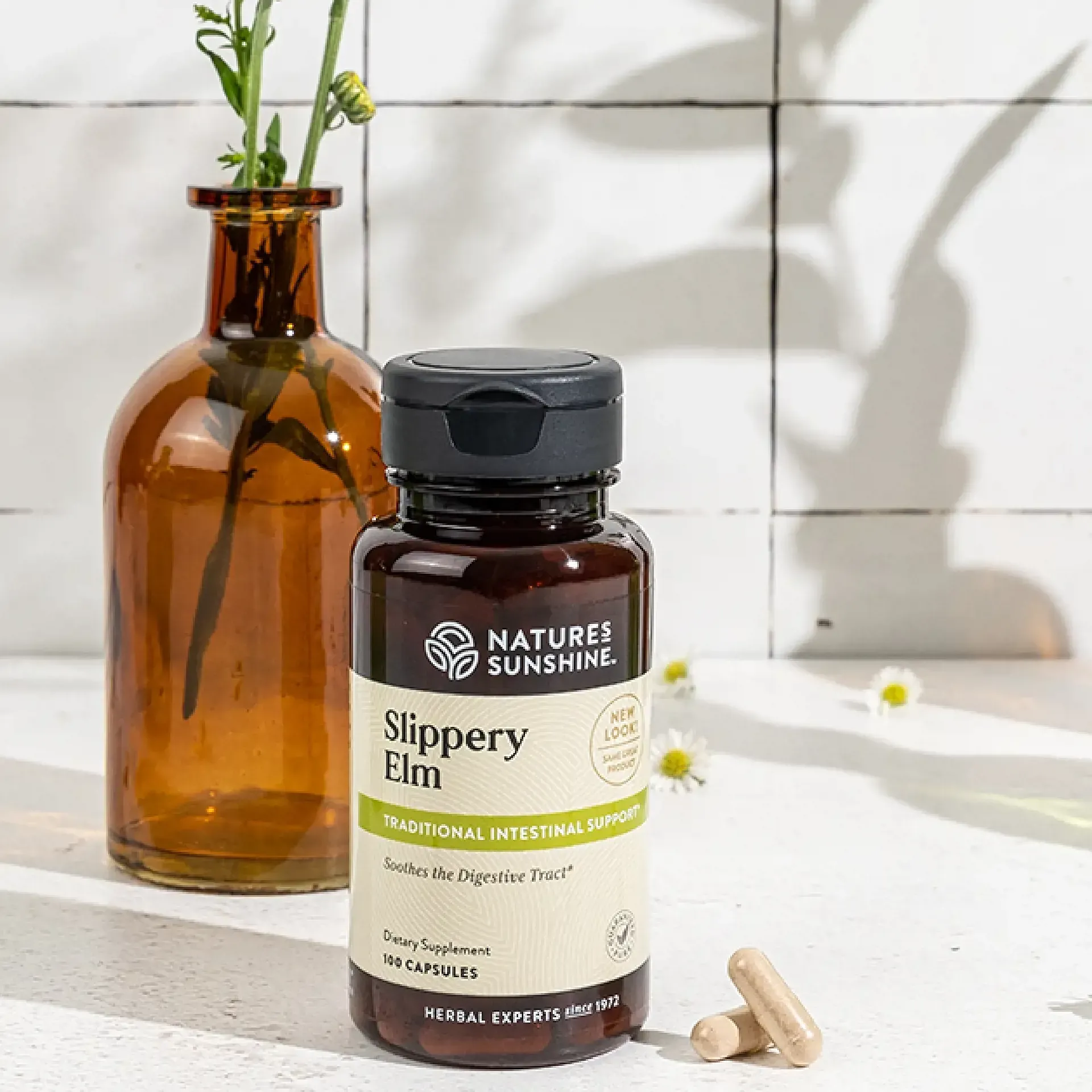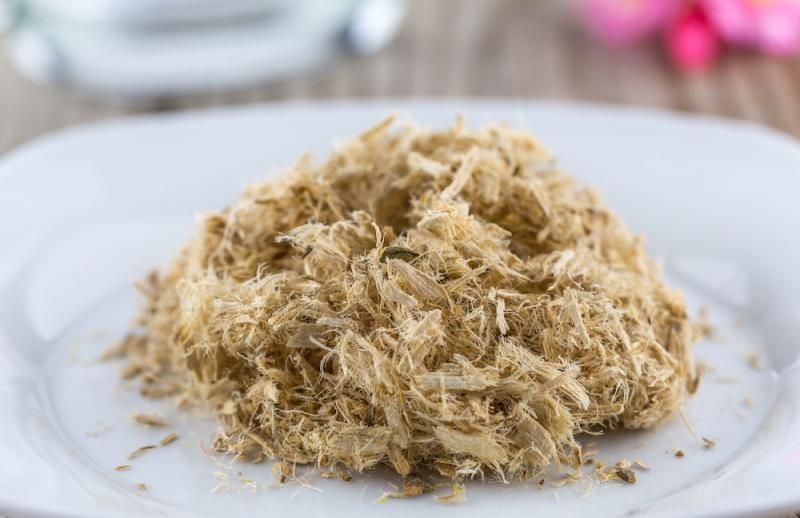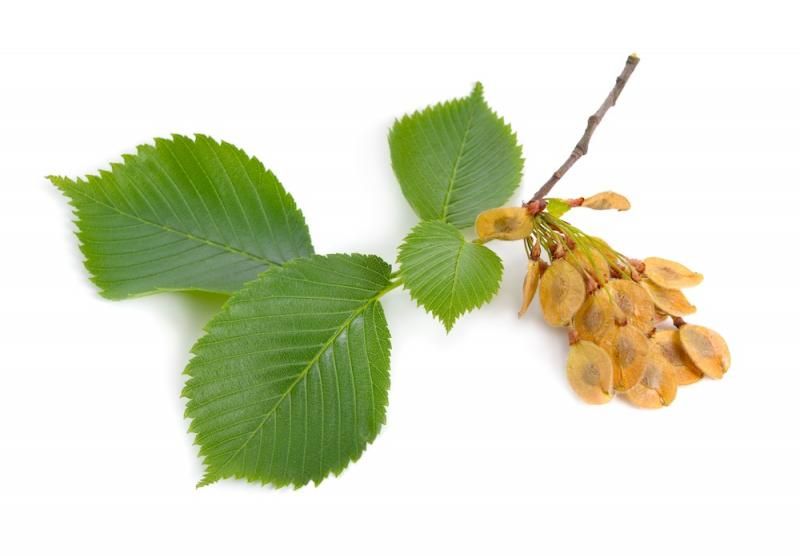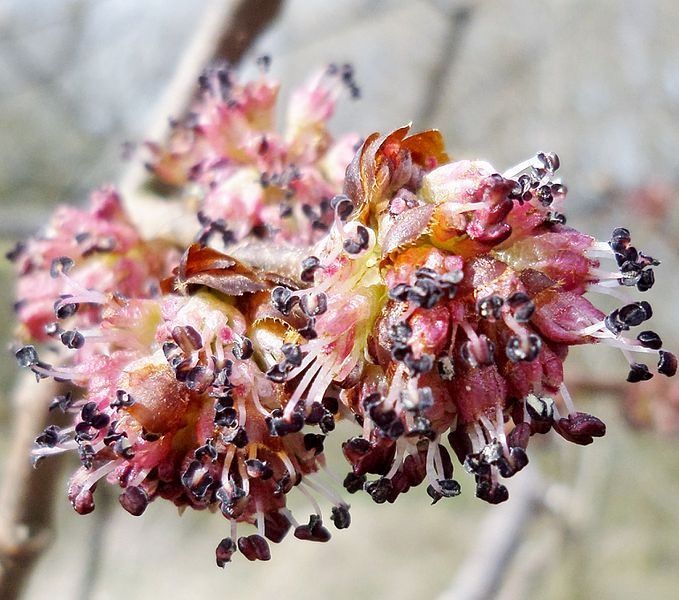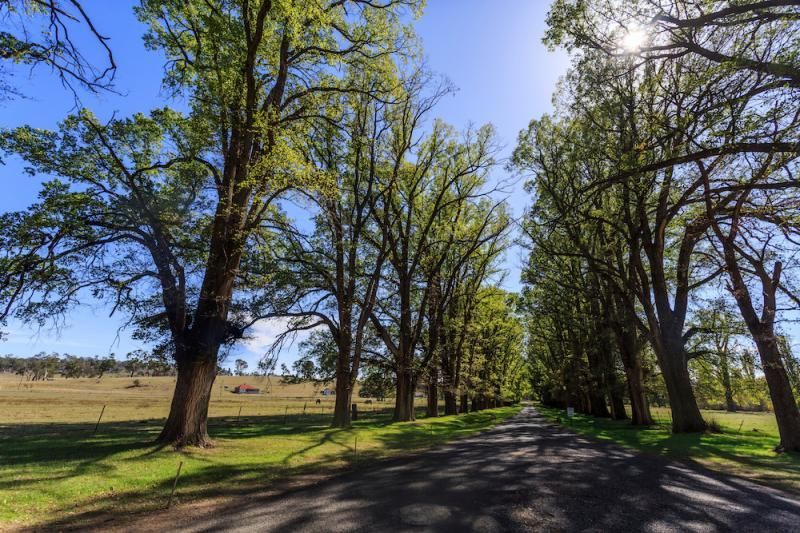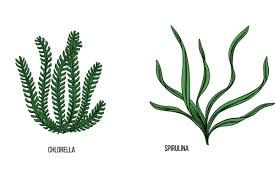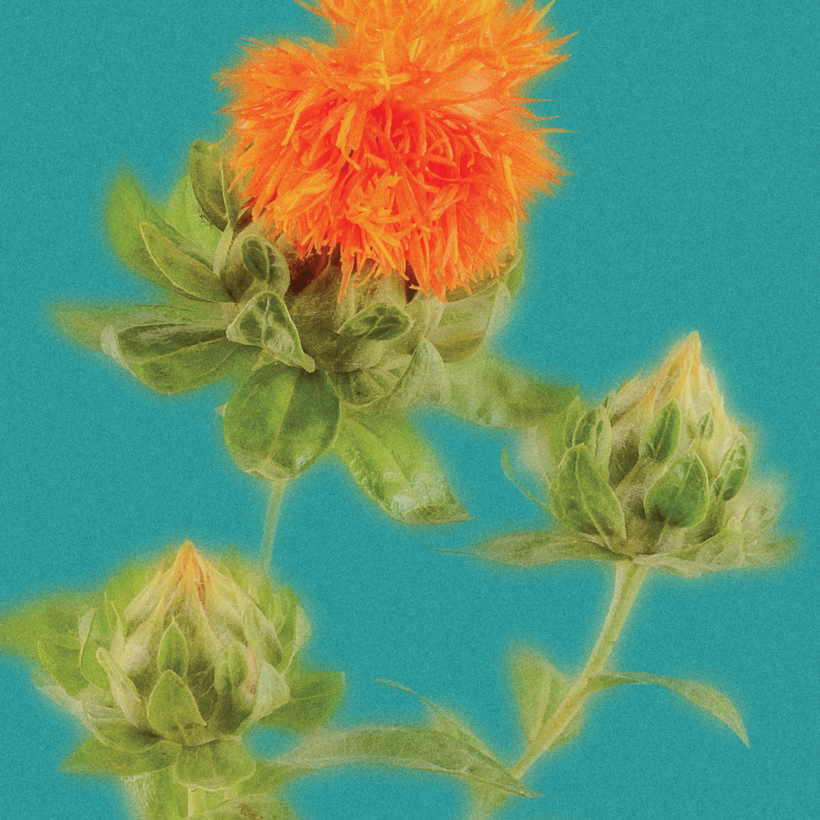Slippery elm is a bland but a highly nutritious food.
Its use as a survival food dates back to the early days of America.
It was the bark of the slippery elm that kept George Washington’s soldiers alive at Valley Forge.
It’s also a good food to help build up the health of a weak and debilitated person.
The pioneer herbalist, Samuel Thomson, fed a gruel made of slippery elm to frail patients before beginning his cleansing procedures.
I recommend it as a food for people whose GI tract is distressed from chemotherapy or other medical treatments to soothe and nourish the digestive tract.
It’s a good food for people with irritable bowel, especially when they alternate between diarrhea and constipation. It’s also a good remedy for diarrhea in children.
Slippery elm soothes the entire gastrointestinal tract, including the esophagus (throat), stomach, small intestines, colon, and rectum. It acts as a gentle bulk laxative and also absorbs the irritating substances that cause diarrhea.
Steven Horne does not recommend taking slippery elm in capsules. You need to take way too many capsules to get the effect.
It also won’t work as a tincture or glycerite. Instead, you take the bulk powder.
It’s not unpleasant to taste, so it’s not difficult to use, but it is SLIPPERY, and may cause GAS

